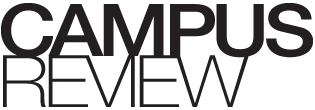CommentaryTop Stories
Four weddings and a funeral: opportunities and threats with technology – opinion

The sector may be on the brink of major new policy changes and a new collaborative vision for its future.
Please login below to view content or subscribe now.






One Comment